Kaas Plateau, located near Satara in the Indian state of Maharashtra, is a mesmerizing natural wonder often referred to as the “Valley of Flowers of Maharashtra.” This UNESCO World Heritage Site is renowned for its breathtaking display of vibrant wildflowers, particularly during the monsoon season, when the plateau comes alive with a riot of colors.
The unique ecosystem of Kaas Plateau supports a diverse array of flora, including rare and endemic species, making it a paradise for botanists, nature enthusiasts, and photographers alike. Beyond its floral beauty, the plateau also offers picturesque landscapes, serene walking trails, and a glimpse into the region’s rich biodiversity, making it a must-visit destination for those seeking a harmonious blend of natural splendor and ecological significance.
The best time to visit Kaas Plateau is during the monsoon season, typically from late July to early October. This is when the plateau comes alive with a stunning display of wildflowers in full bloom, creating a breathtaking and colorful landscape. The peak flowering period usually occurs at the end of September and October, making these months the most ideal for experiencing the plateau’s natural beauty at its fullest. However, it’s essential to check the current conditions and accessibility since the plateau can get crowded during weekends, and it may be closed during heavy rainfall.
Visit to Kaas Plateau
We had meticulously organized and reserved our spots for the Satara Hill Half Marathon in advance. However, during our expedition to the enchanting Valley of Flowers in Uttarakhand, the topic of Kaas Plateau came up in our discussions. As we delved into this captivating destination, we decided to make reservations for Kaas Plateau as well. Given our pre-existing plans for the Half Marathon, we opted to depart a day earlier than originally scheduled to explore this remarkable location.
We set off for Satara on an early Friday morning, with a breakfast stop at Kailas Bhel Food Court, a suggestion from our friend Viren. Thanks to Josi’s excellent planning, our hotel was booked well in advance for the entire F3 Group, considering the fast hotel bookings due to the marathon in Satara. Once we checked in, we explored a nearby eatery for lunch before heading to Kaas Plateau.
We arrived at Kaas Plateau at approximately 3:00 pm, intending to spend the afternoon and witness the breathtaking sunset.
To enhance our experience, our group decided to enlist the services of Mayuresh, a Naturalist affiliated with Nature Explorers India. Mayuresh possesses extensive knowledge about organisms and their ecosystems, offering insights into how these relationships evolve over time.
During our visit to Kaas Plateau, we were fortunate to encounter a remarkable array of flowering plant species, each adding its own unique charm to the already enchanting landscape. Our experience was not just about admiring their beauty but also about delving deeper into the fascinating world of these botanical wonders.
As we roamed the plateau, guided by the expertise of our Naturalist, Mayuresh, we had the opportunity to learn about the diverse flora that graced the region. Mayuresh shared his extensive knowledge, enlightening us about the names, characteristics, and ecological significance of these flowering plants. It was a captivating educational journey where we not only marveled at the vibrant colors and intricate designs of these blooms but also gained a deeper understanding of their roles in the ecosystem.
We were particularly intrigued by the adaptations of these plants to the unique environment of Kaas Plateau, such as their strategies for survival, reproduction, and interactions with other organisms. The experience was not only visually enriching but also intellectually stimulating, leaving us with a newfound appreciation for the intricate tapestry of life that thrives in this extraordinary natural setting. Witnessing these wonderful species of flowering plants and learning about them added a profound layer of meaning to our visit, connecting us more deeply with the natural world and its inherent beauty and complexity.
Types of Flowers
Kaas Plateau in Satara, Maharashtra, India, is renowned for its rich floral diversity, with numerous species of wildflowers, grasses, and herbs. Some of the prominent types of flowers you can find at Kaas Plateau include:
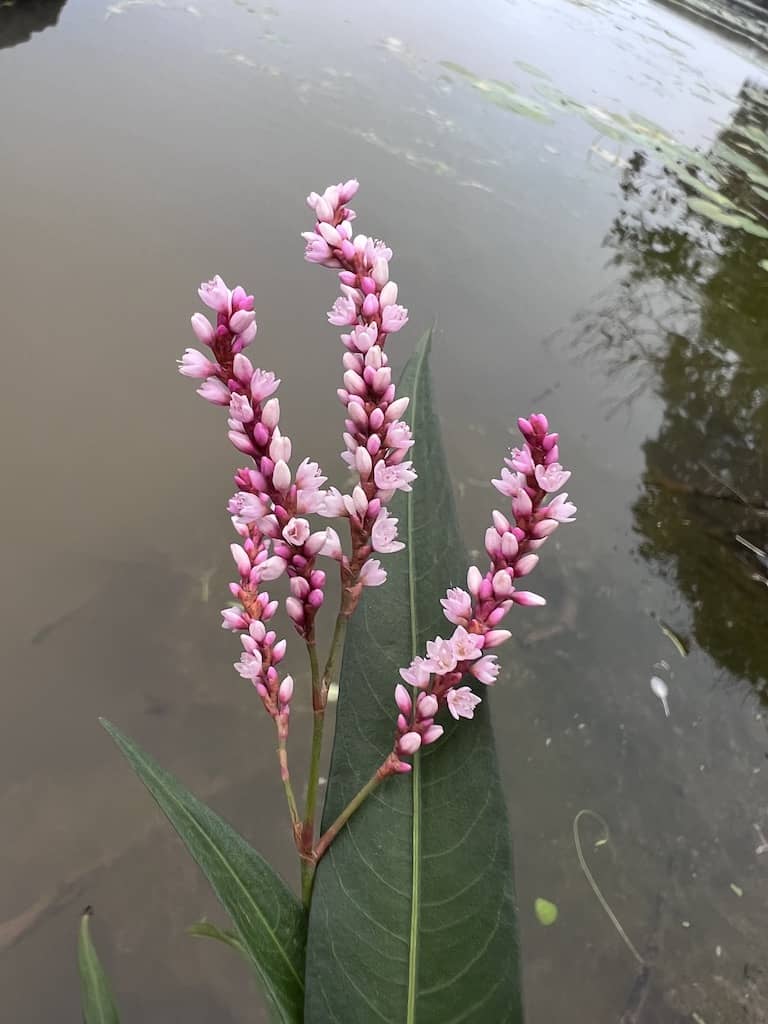
Pennsylvania smartweed is a flowering plant with slender spikes of pink or white flowers, often considered a weed but valuable for wildlife.
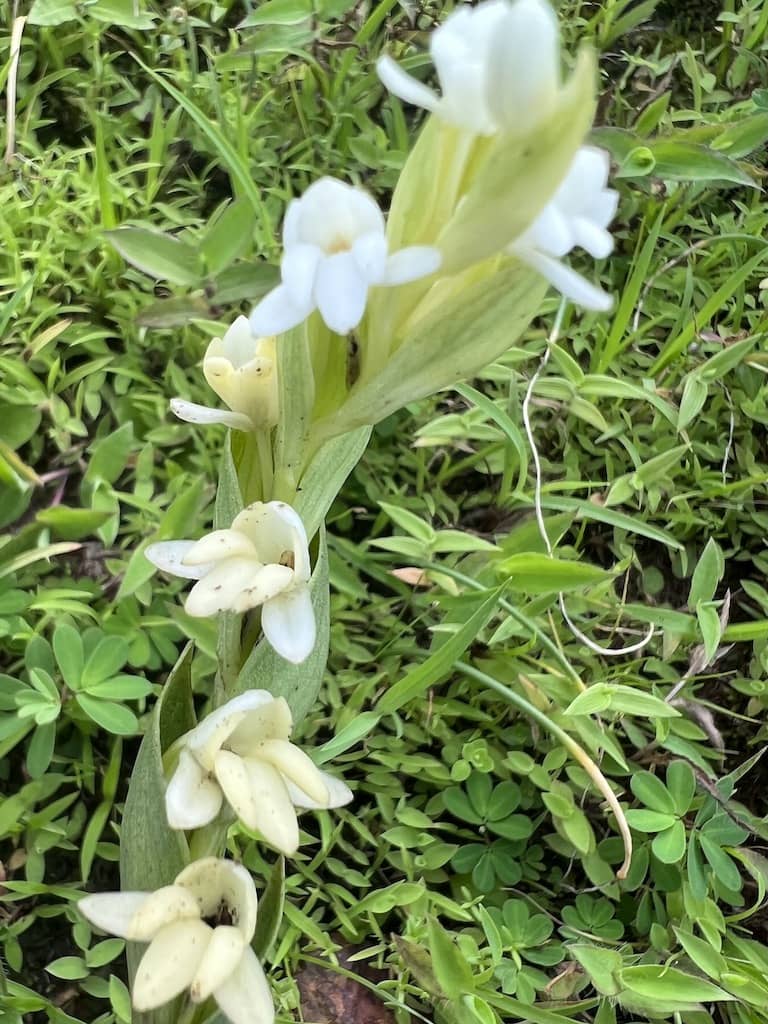
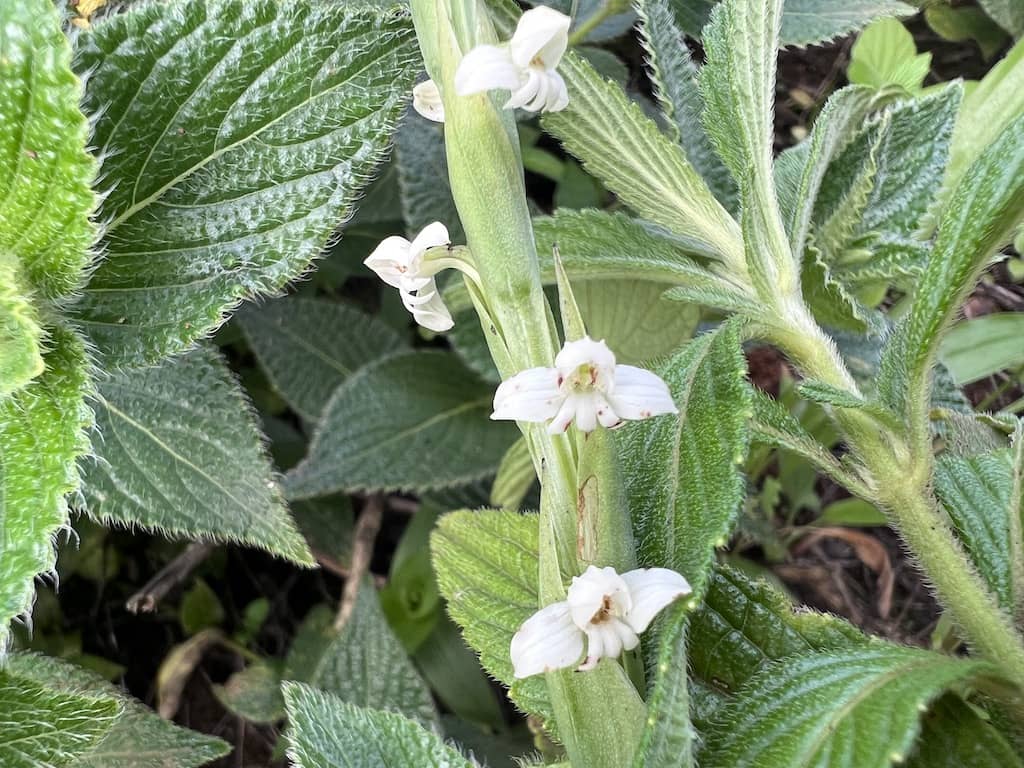
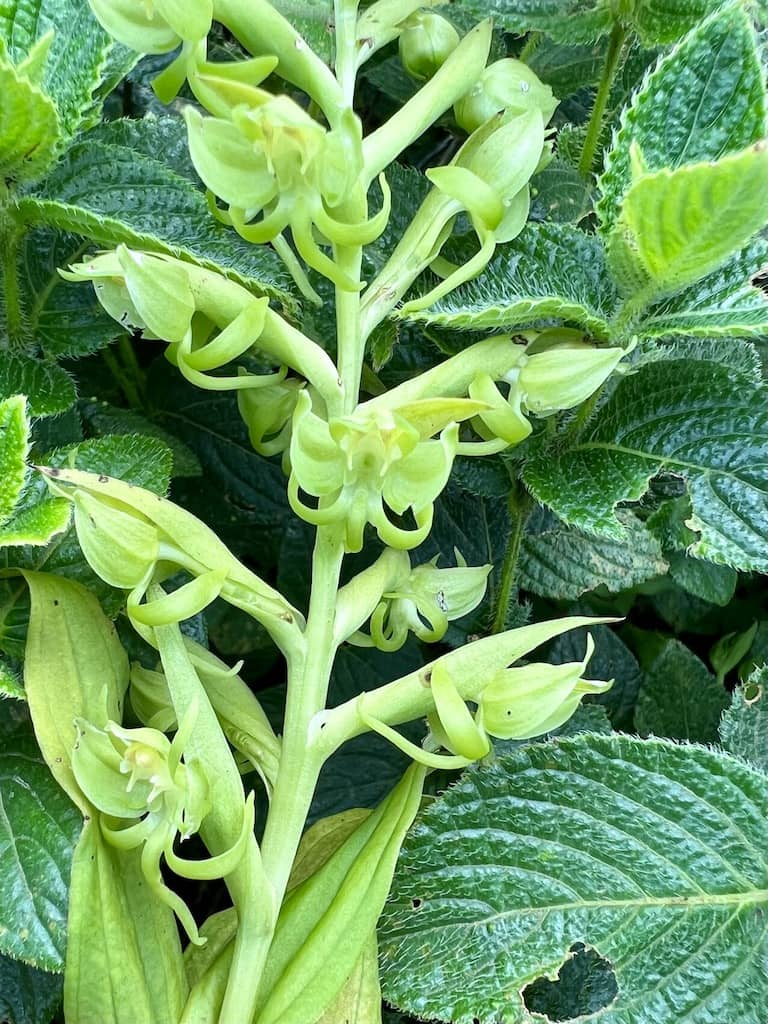
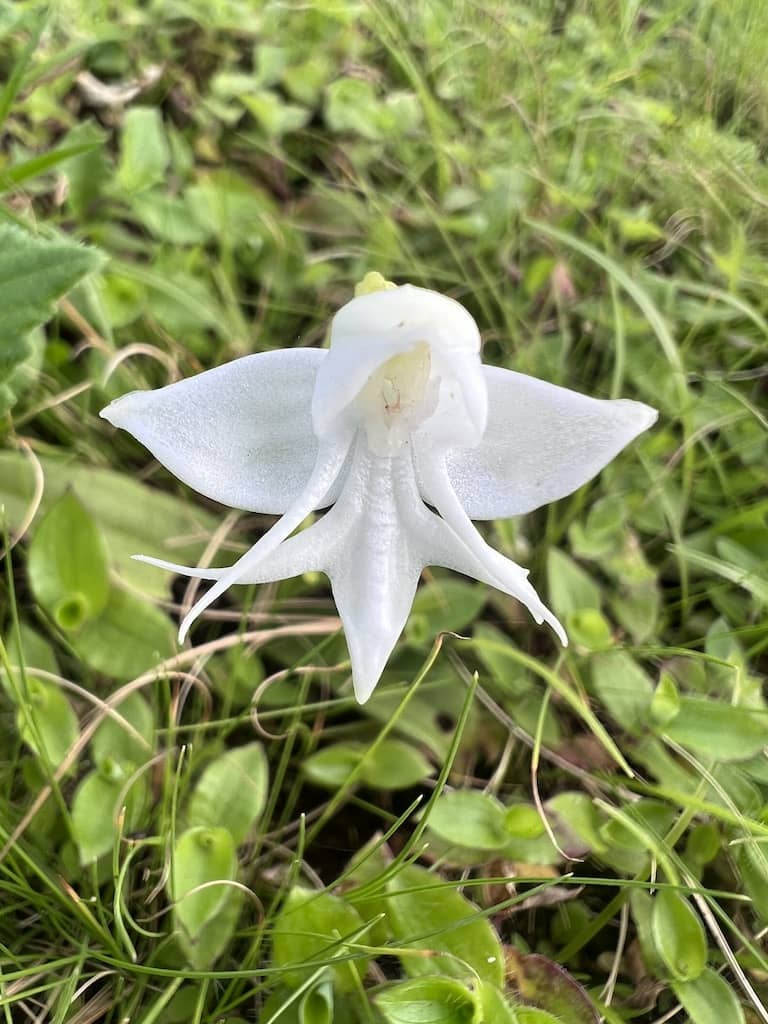
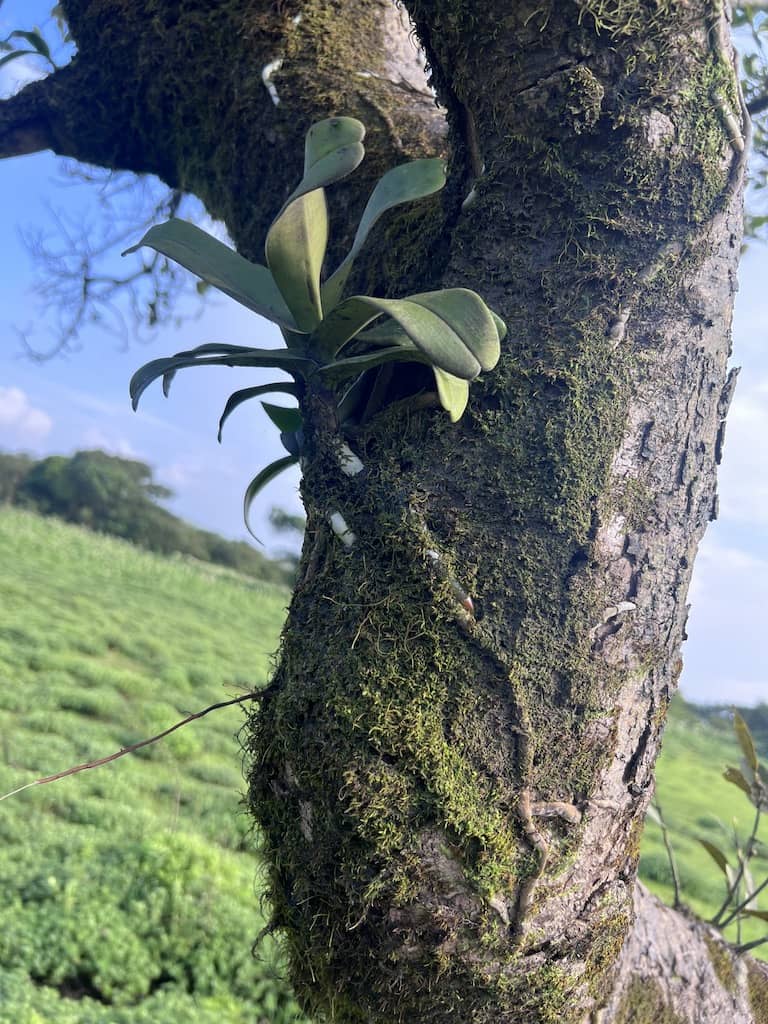
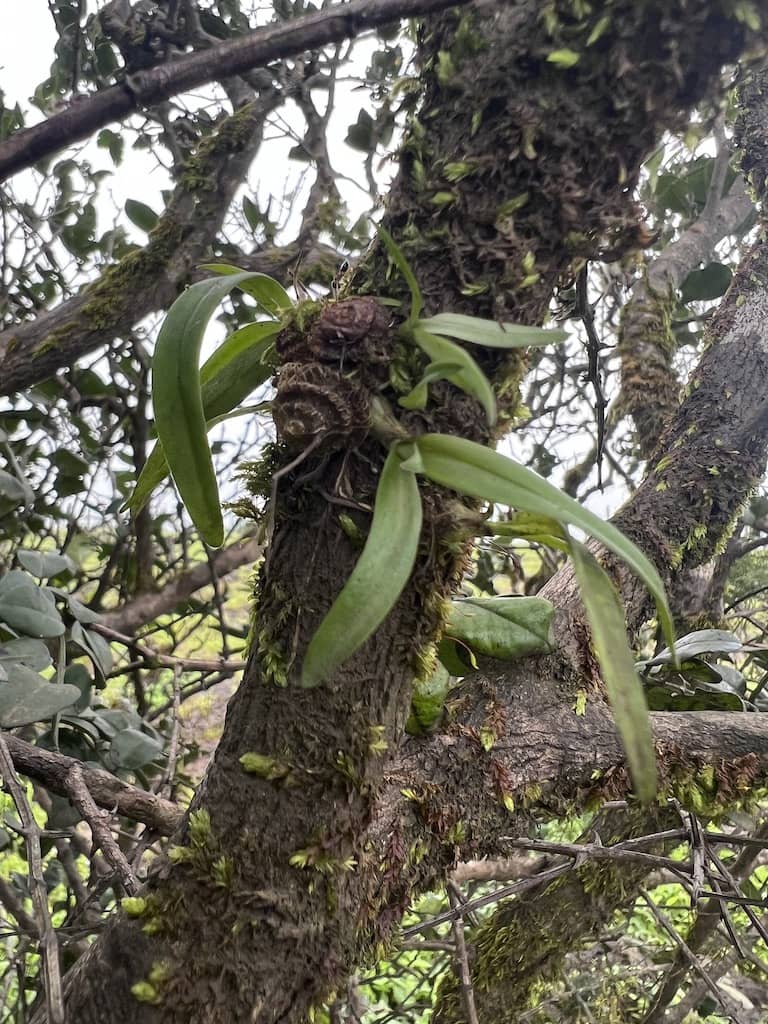
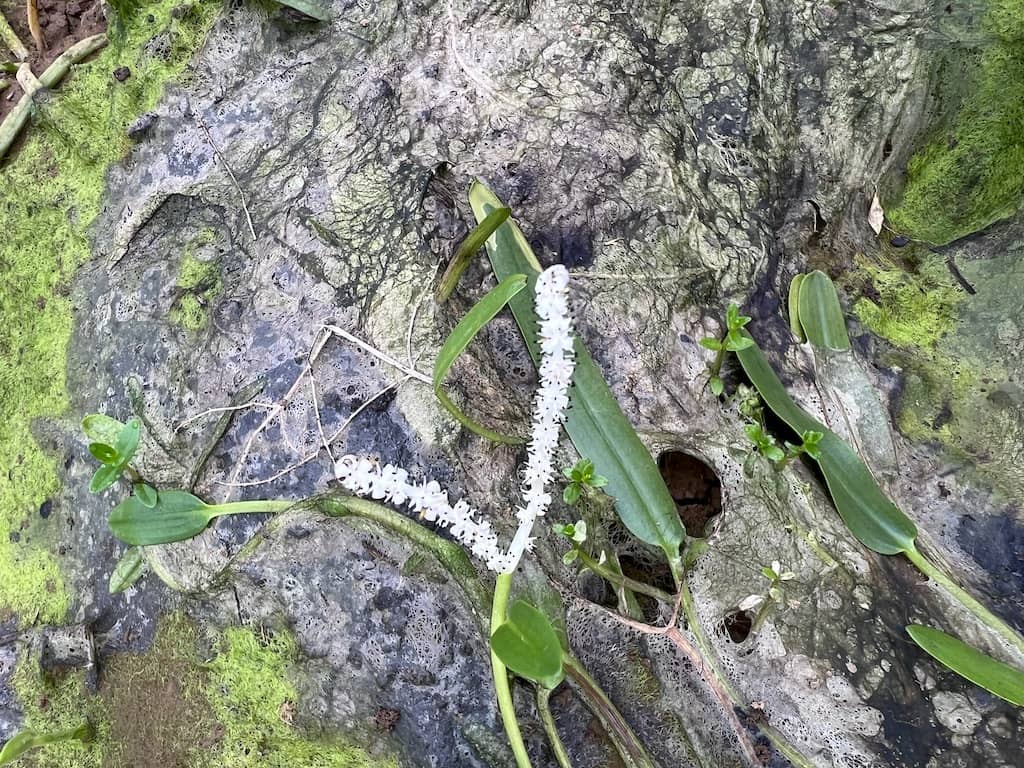
A delicate aquatic species, is known for its intricate, lacy leaves and translucent appearance, making it a prized addition to aquariums and water gardens.
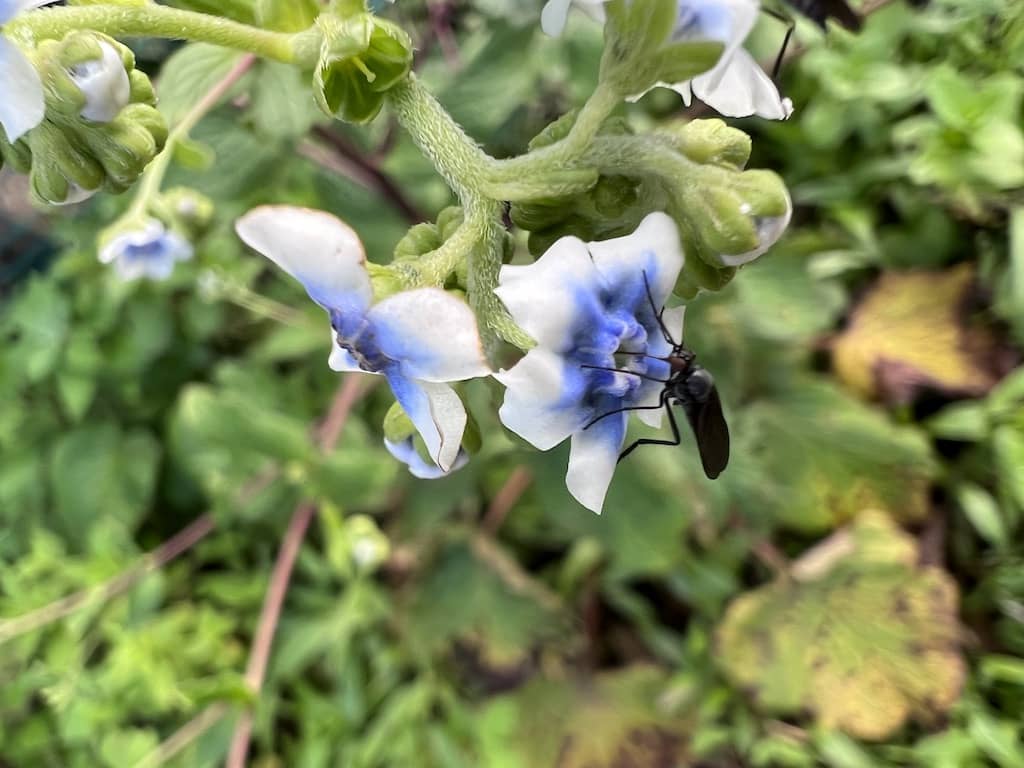
Botanical name: Strobilanthes callosa, Family: Acanthaceae (Acanthus family), Synonyms: Carvia callosa, Strobilanthes callosu
Known for its vibrant purple blooms, the Karvy is one of the signature flowers of Kaas Plateau.
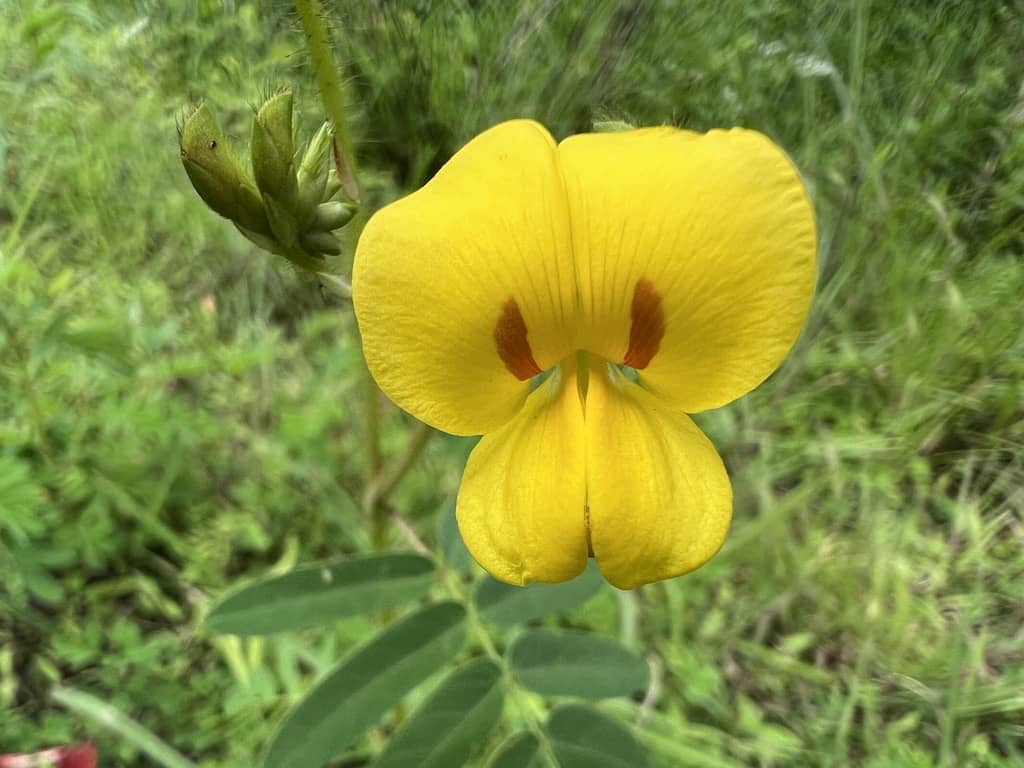
Various species of Smithia (also known as Mickey mouse), a genus of small, delicate wildflowers, can be found in abundance.Smithia species: Various species of Smithia (also known as Mickey mouse), a genus of small, delicate wildflowers, can be found in abundance.
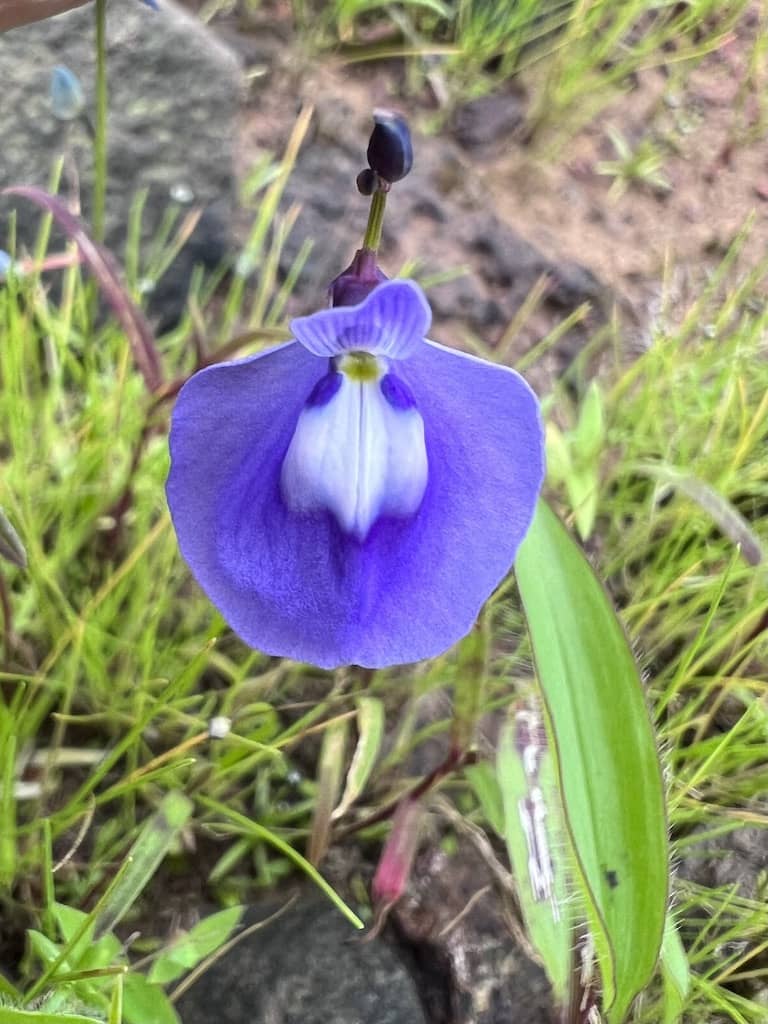
This genus encompass a diverse group of carnivorous plants characterized by their distinct and intricate flowers. These plants are also referred to as “Sita’s Tears” due to a captivating legend. According to the story, as Ravana spirited Sita away to Lanka, her tears descended upon these blooms, imbuing their blue petals with a distinctive white, tear-shaped mark.
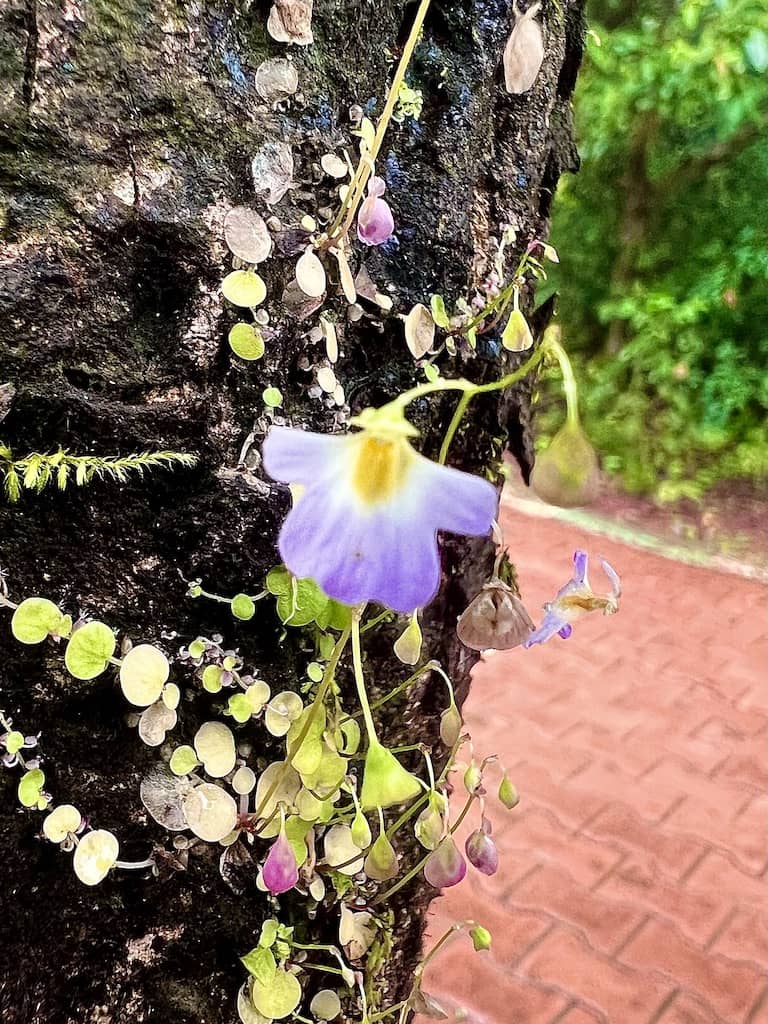
Striped Bladderwort (Utricularia striata) is a carnivorous aquatic plant with intricate traps. Its slender stems feature beautiful yellow flowers, often found in wet rocks or tree trunks, showcasing its unique adaptations for survival.
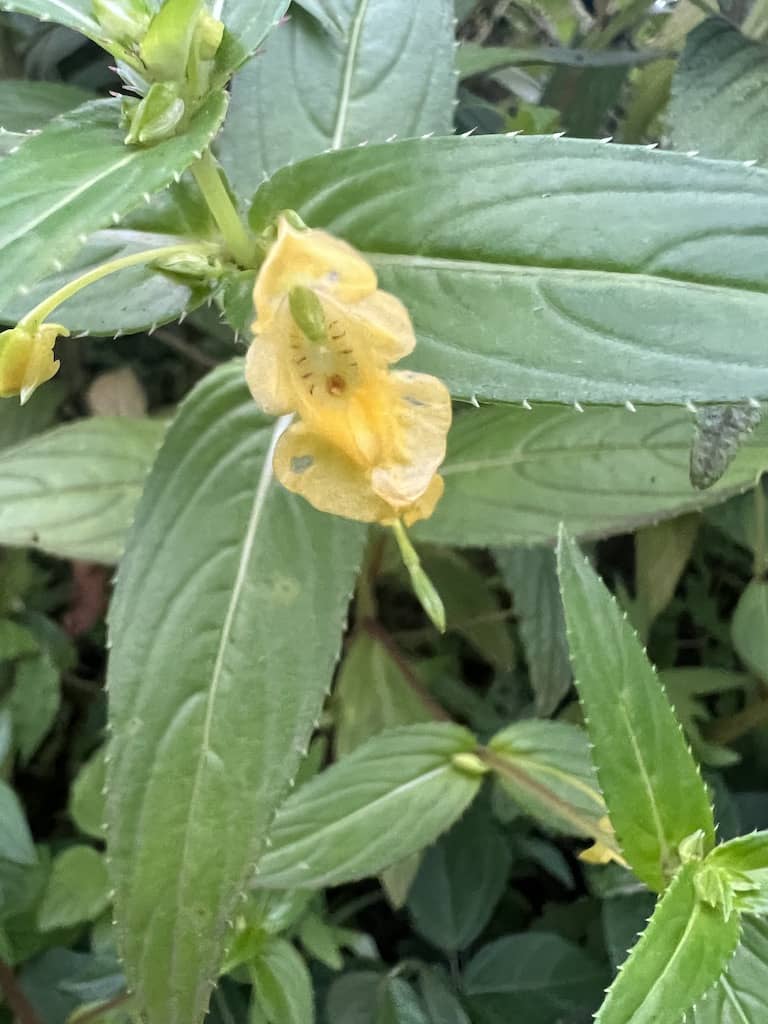
Dalzell’s Yellow Balsam (Impatiens dalzellii) is a rare and striking flowering plant with bright yellow blooms, adding a splash of color to its native Western Ghats habitat in India.
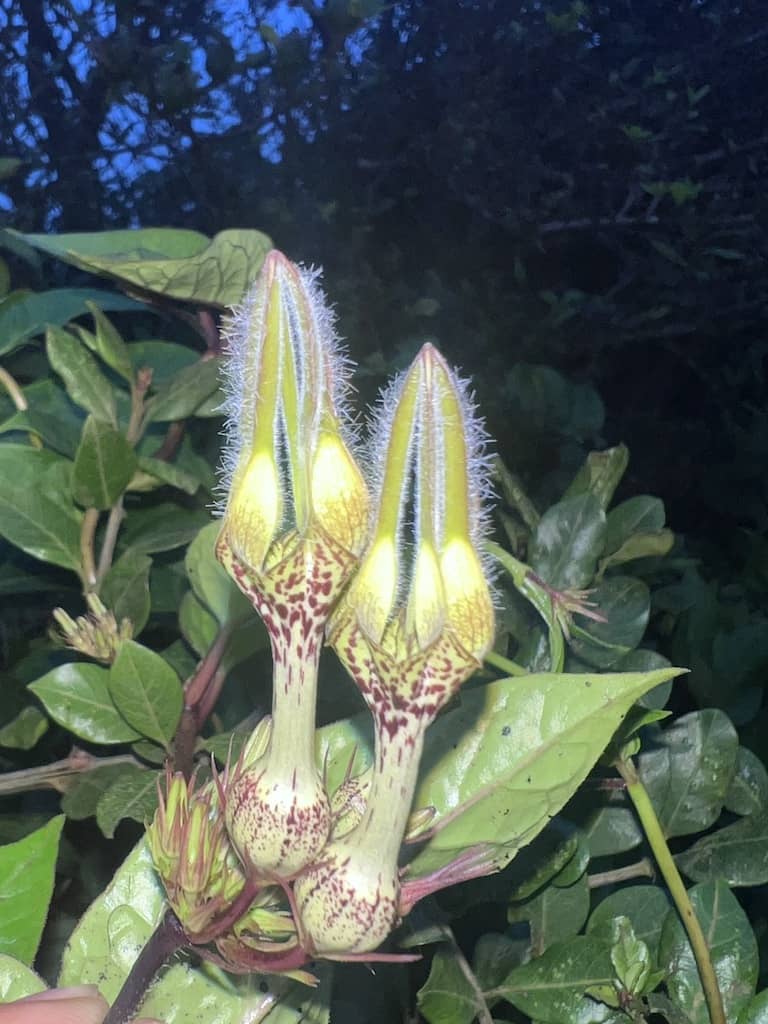
Ceropegia vincaefolia, native to Kaas Plateau, boasts enchanting lantern-like flowers, thriving in the plateau’s unique ecosystem, making it a botanical treasure amid Maharashtra’s natural wonders.
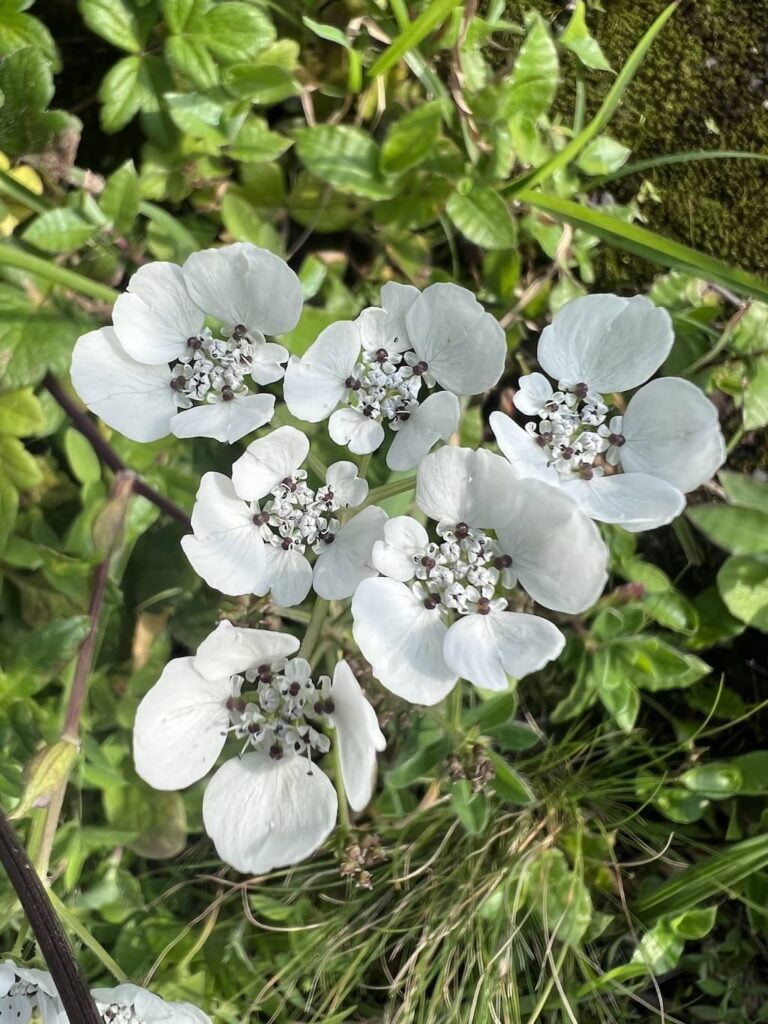
The white Pinda Concanensis, a tropical plant native to the Konkan region of India, boasts elegant white blossoms and lush, leathery leaves. Revered for its ornamental beauty, it graces gardens with its striking appearance, making it a cherished addition to horticultural landscapes.
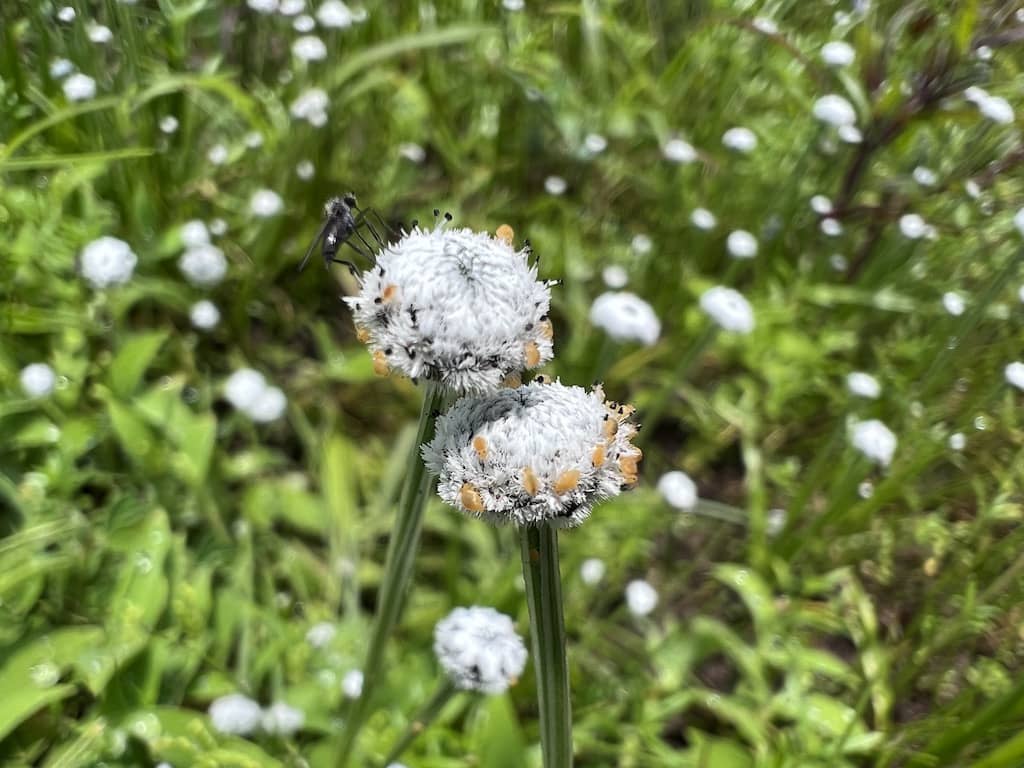
These are small, grass-like plants with tiny, clustered flowers, often white or pale pink.
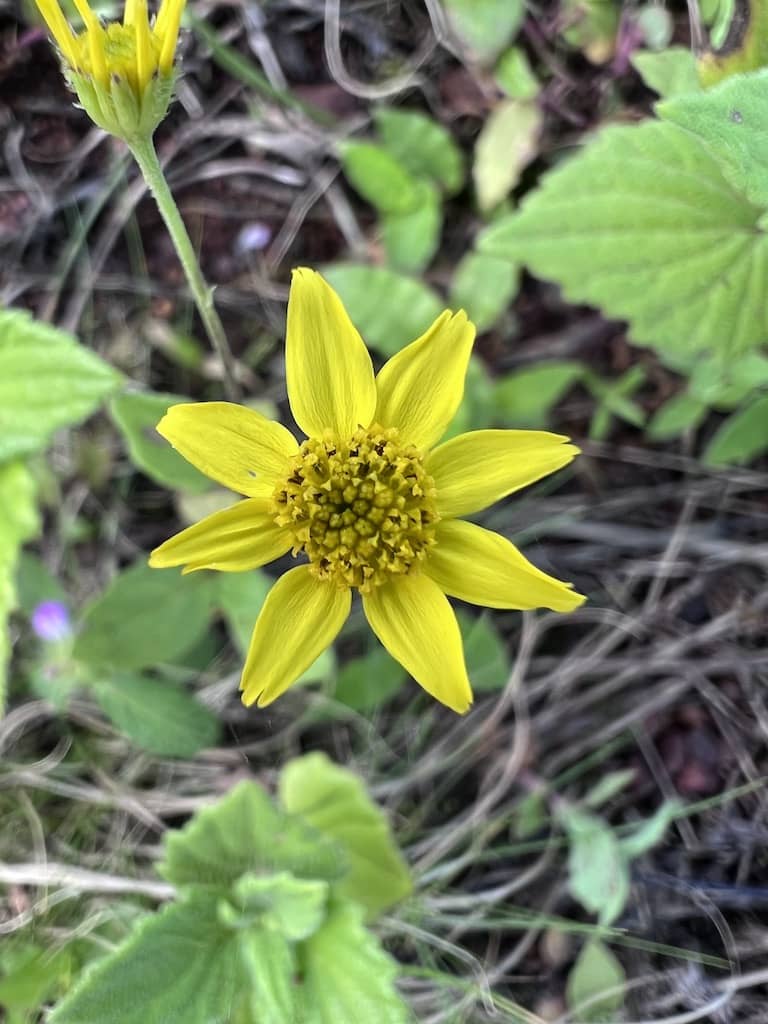
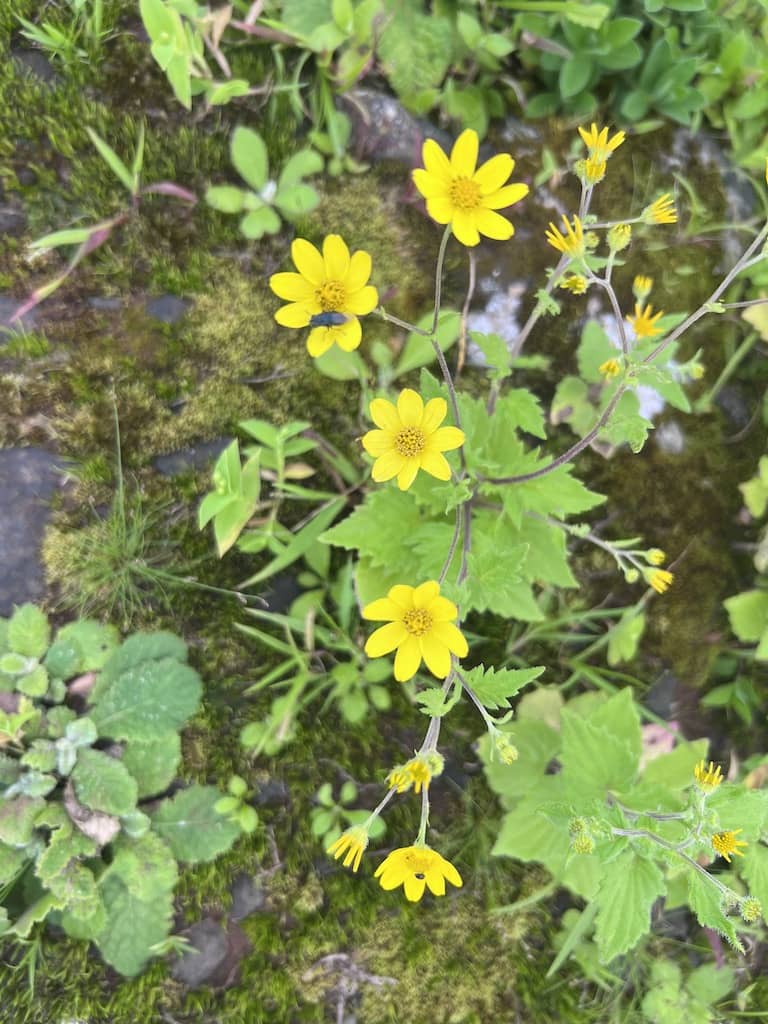
Known for its yellow flowers, this species is a common sight during the flowering season.
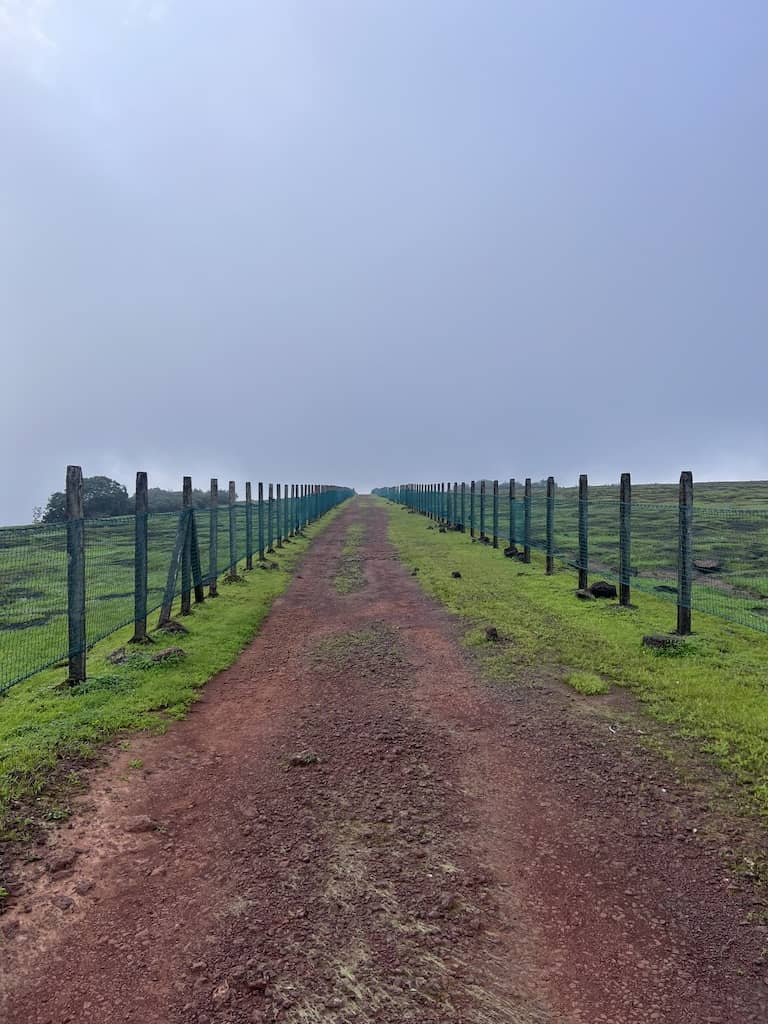
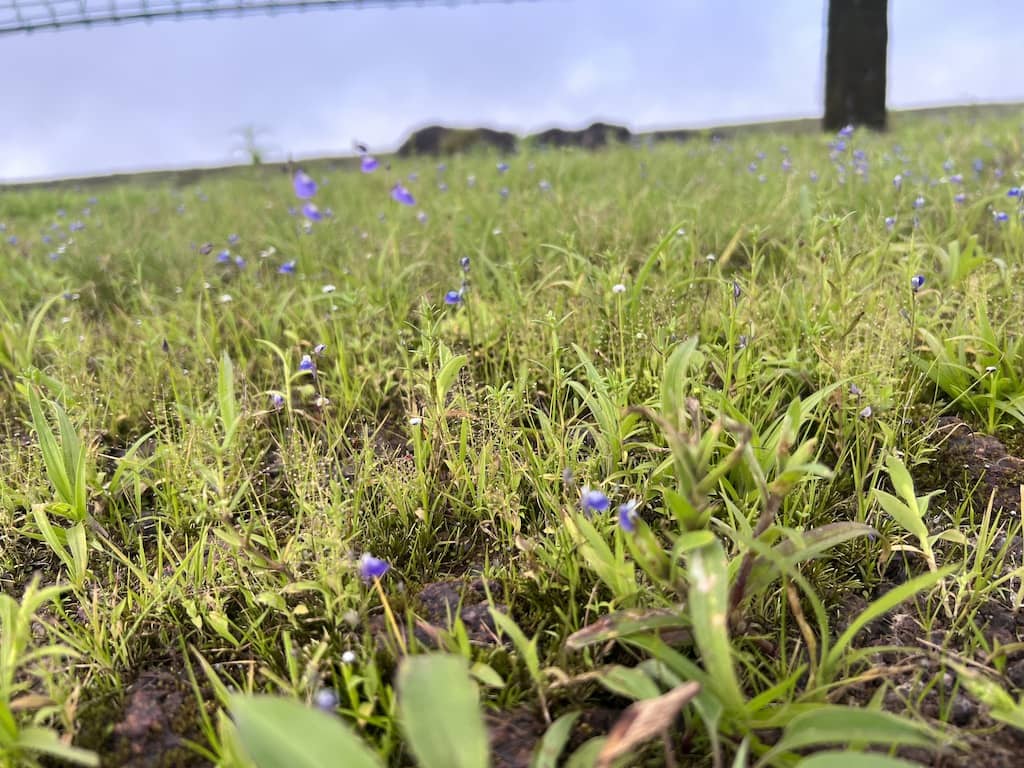
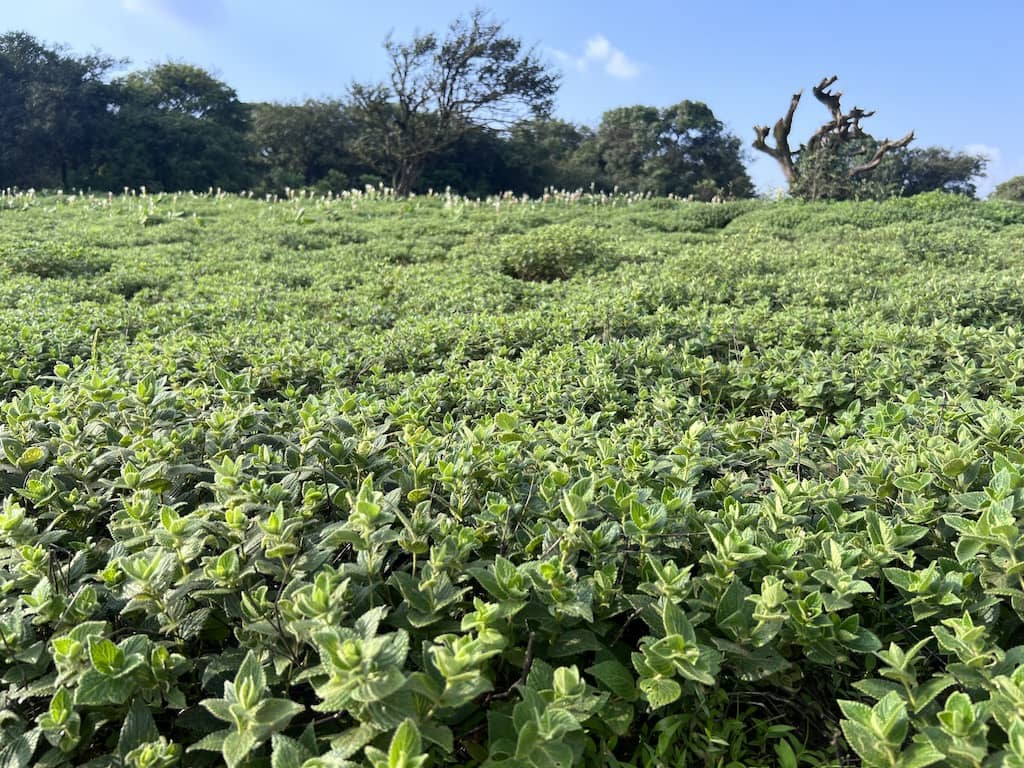
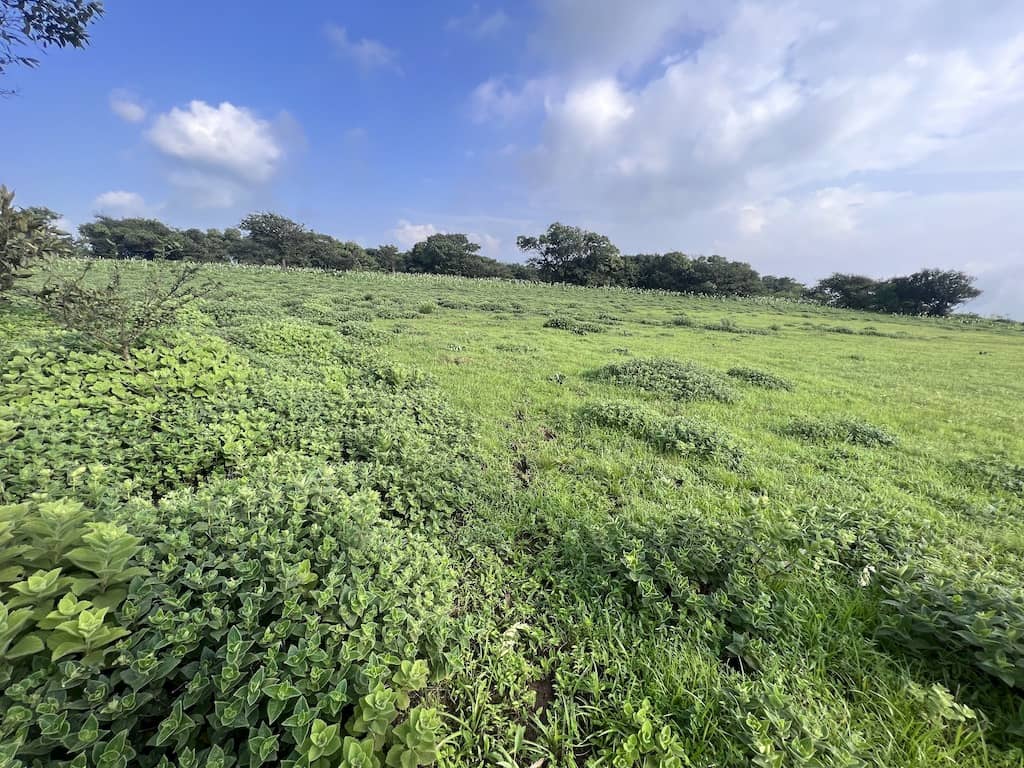
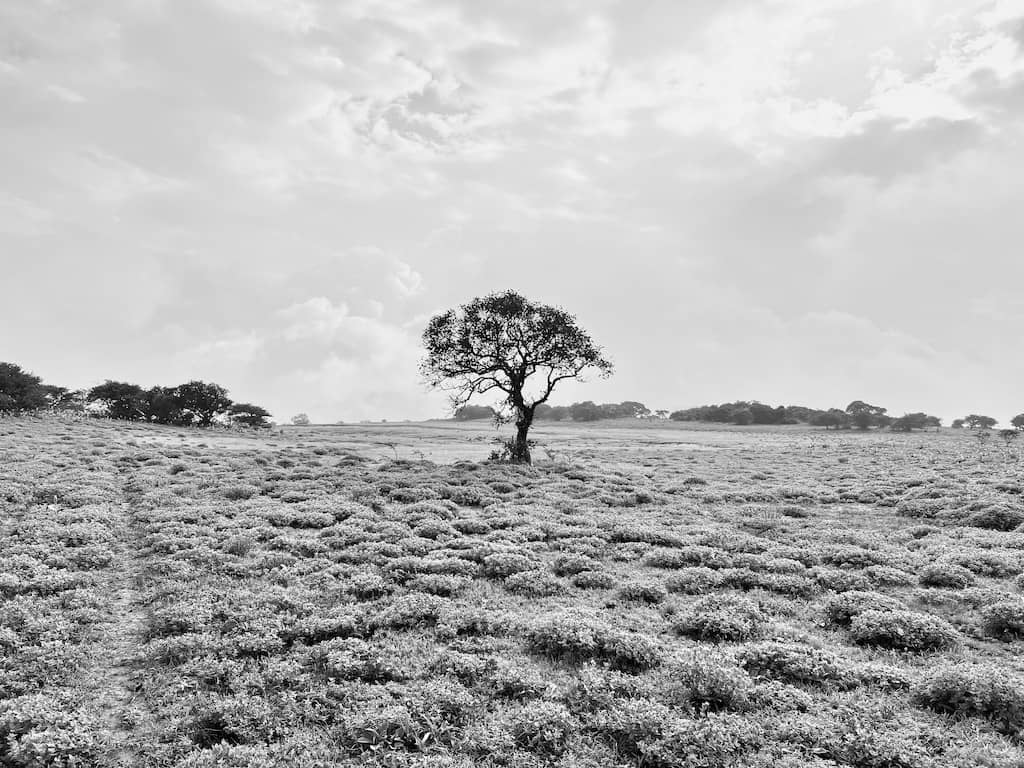
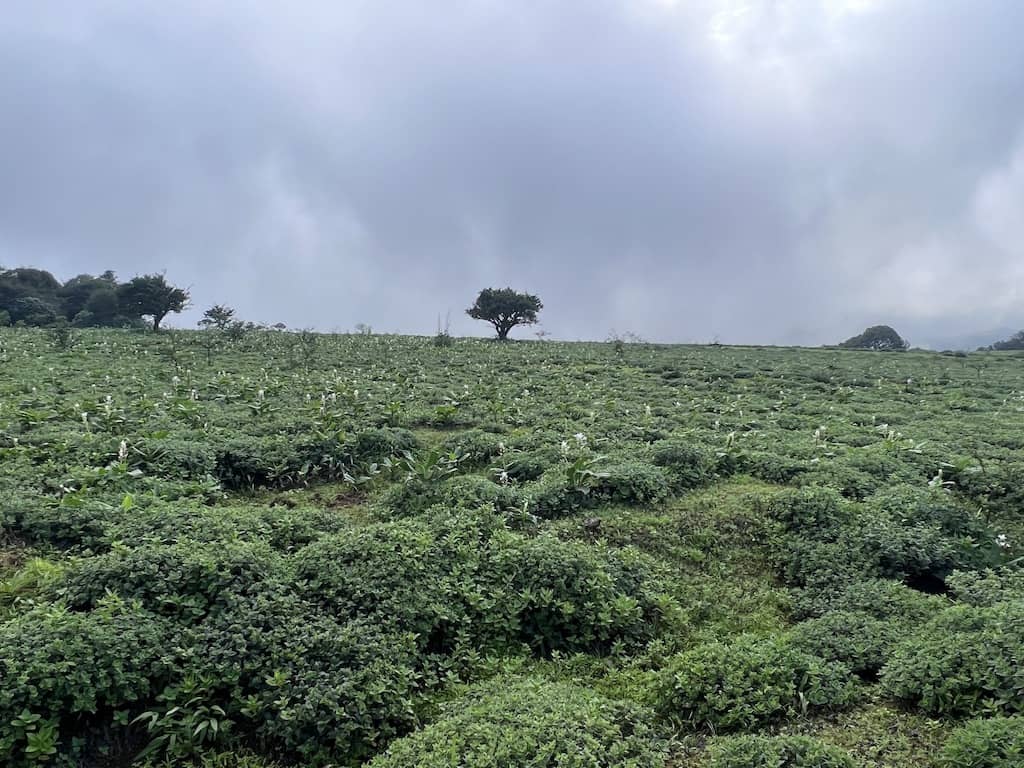
The precise species and their blooming times may vary from year to year, but visiting during the monsoon season (late August to early October) will give you the best chance to witness the stunning array of wildflowers in full bloom at Kaas Plateau.
Conclusion
In conclusion, Kaas Plateau in Satara, Maharashtra, is not just a destination; it’s a journey into the heart of nature’s artistry. Our visit to this UNESCO World Heritage Site was a symphony of colors, a lesson in biodiversity, and a reminder of our duty as stewards of the environment. As we marveled at the vibrant wildflowers, learned about their unique adaptations, and explored the delicate ecosystems under the expert guidance of a naturalist, we left Kaas Plateau with a profound sense of awe and responsibility.
It is a place where the beauty of creation inspires us to protect and cherish it, and where the lessons it imparts linger in our hearts, reminding us of the intricate tapestry of life on our planet. Kaas Plateau is a sanctuary for the soul, a living testament to the wonders of nature that beckons all who visit to connect, learn, and be transformed by its timeless beauty.
What is Kaas Plateau, and where is it located?
Kaas Plateau, often called the “Valley of Flowers of Maharashtra,” is a UNESCO World Heritage Site located near Satara in the Indian state of Maharashtra. It’s renowned for its stunning display of wildflowers and rich biodiversity.
When is the best time to visit Kaas Plateau?
The best time to visit Kaas Plateau is during the monsoon season, typically from late August to early October, with the peak flowering period occurring in September and October. However, check current conditions as it can be crowded on weekends and closed during heavy rainfall.
Do I need to Book for visiting Kaas Plateau?
Online booking is mandatory to visit this plateau. Visit https://www.kas.ind.in/booking.php for booking.
Timing for visiting Kaas Plateau
This plateau is open for visitors from 8:00 A.M. till 6:00 P.M
How to reach Kaas Plateau?
By Air: Phaltan Airport Satara (88 KM)
By Rail: Satara Railway Station (30 KM)
By Road: The Kaas Plateau is accessible by road. One can hire cabs or private vehicles to reach here.
What’s the significance of Kaas Plateau’s unique ecosystem?
Kaas Plateau supports a diverse array of flora, including rare and endemic species. It’s a paradise for botanists, nature enthusiasts, and photographers due to its rich botanical diversity and captivating landscapes.
What types of flowers can be found at Kaas Plateau?
Kaas Plateau is home to a variety of wildflowers, including orchids, Karvy, Smithia species, Utricularia species, Impatiens species, and many more. The exact species may vary from year to year.
Is Kaas Plateau only known for its flowers?
No, besides its floral beauty, Kaas Plateau also offers picturesque landscapes and serene walking trails, making it a holistic destination for nature lovers.
What’s the legend behind the name “Sita’s Tears” for Utricularia flowers?
According to legend, the Utricularia flowers are also known as “Sita’s Tears.” It’s believed that when Ravana abducted Sita and took her to Lanka, her tears fell on these flowers, leaving a white tear-shaped mark on their blue petals.
How can one arrange a visit to Kaas Plateau?
Plan your visit in advance, especially during the peak season. Ensure accommodation, and consider hiring a knowledgeable guide to maximize your experience.
Are there any specific conservation efforts in place for Kaas Plateau?
Conservation efforts are essential to protect the unique ecosystem of Kaas Plateau. Authorities and organizations work together to preserve this natural treasure.
What’s the overall impact of visiting Kaas Plateau?
Visiting Kaas Plateau leaves visitors with a deeper connection to nature and a sense of responsibility to protect such pristine places for future generations. It’s a sanctuary for the soul, where beauty and lessons linger long after the visit.

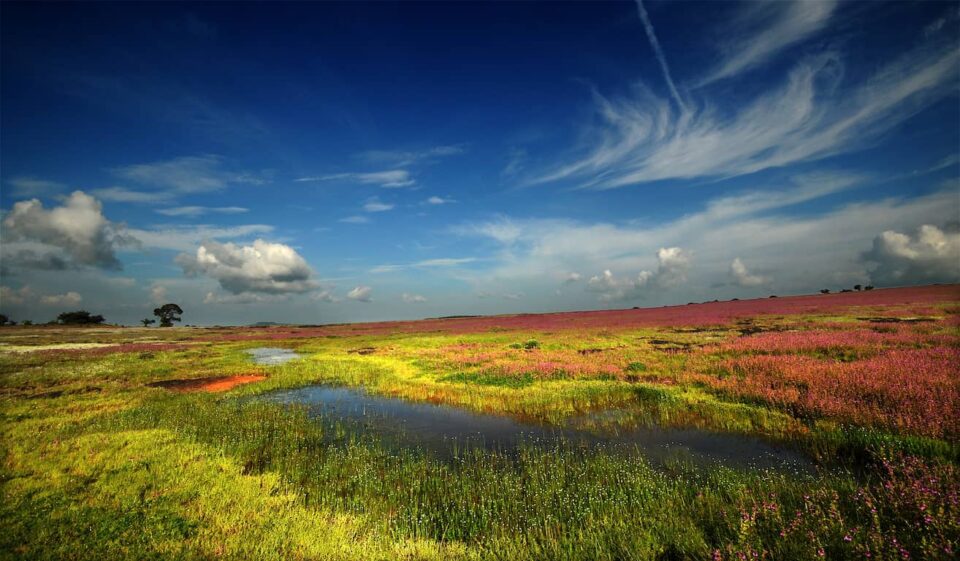
4 comments
Nice article Ajay, detailing the ecosystem of Kaas. Enjoyed reading it.
Thanks Ashish
Superb compilation of almost all the unique wild flowers that we saw at Kaas . Very well detailed too . Thanks Ajay . Your article is truly a treasure trove for anyone who wants to visit Kaas .
Thanks Susan 🙂